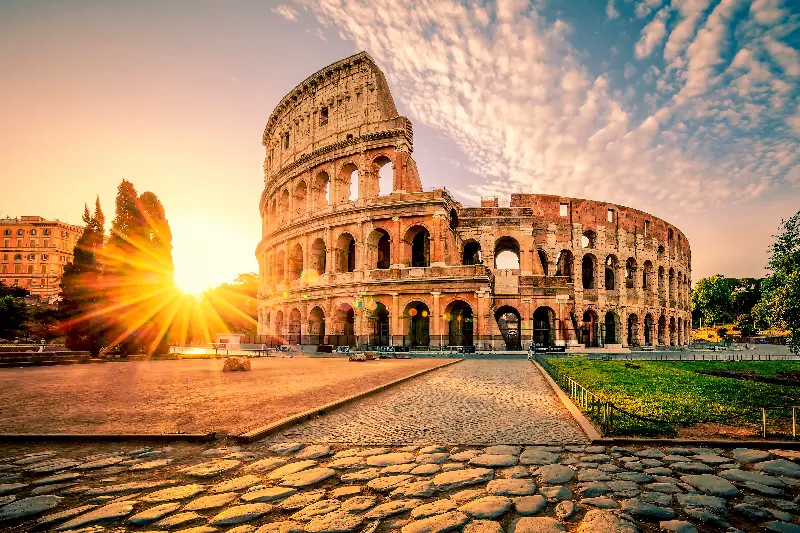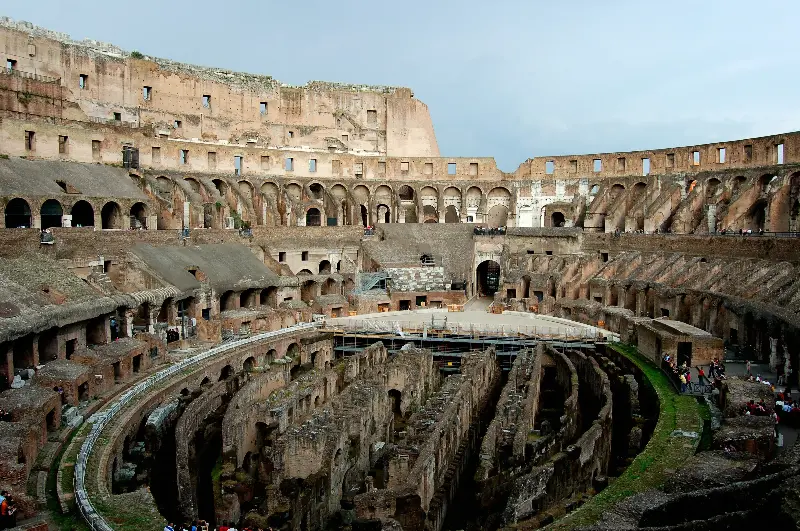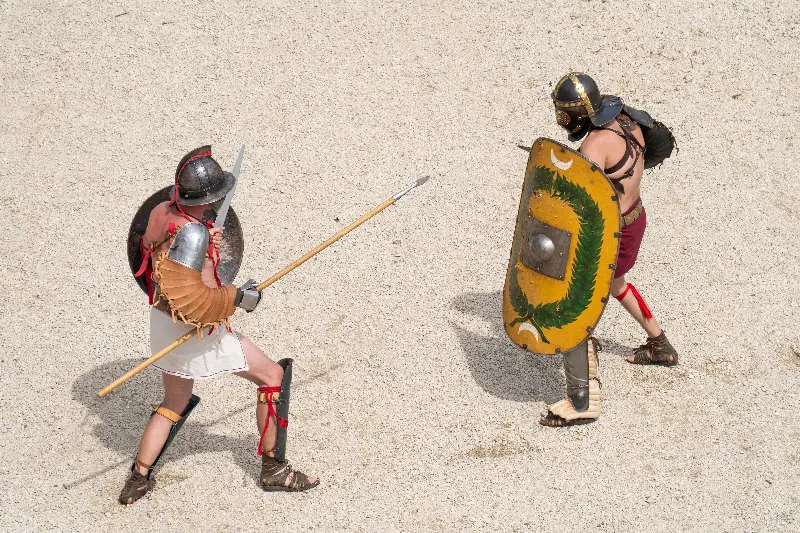It stands proudly in the heart of modern Rome, yet the Colosseum—also known as the Flavian Amphitheatre—is a bridge to a spectacular past that continues to captivate millions. Nearly two millennia old, this awe-inspiring landmark is not just a tourist magnet, but an enduring symbol of both Ancient Rome’s grandeur and its creativity. Today, we peel back the layers of dust and myth to reveal facts and stories that may forever change how you view this world-famous arena.

Architectural Wonders: A Feat Beyond Its Time
The Colosseum’s construction began in AD 72, under the rule of Emperor Vespasian, and was completed in AD 80 by his son, Titus. What is truly remarkable is the scale and speed of its creation: using over 100,000 cubic metres of travertine stone, tens of thousands of slaves and workers erected a structure that could originally seat an estimated 50,000 to 80,000 spectators. Even by today’s standards, its proportions and engineering are mind-blowing.
Beneath its iconic arches and columns lies a labyrinth of corridors, rooms, and chambers known as the hypogeum. This underground marvel functioned as a backstage area, allowing gladiators, animals, and even secret stage machinery to be moved and lifted into the central arena using sophisticated winches and trapdoors. The Colosseum’s crowd was kept cool with an ingenious retractable awning system, known as the velarium, operated by experienced sailors from the Roman navy. Imagine being shielded from the searing Roman sun, in a sea of satisfied cheers—proof of the Romans’ attention to their audience’s comfort.

Spectacles Of Survival: Blood, Glory, And Beyond
The Colosseum was Rome’s answer to the hunger for spectacle. Contrary to popular images of endless slaughter, the games staged here were impressively varied. Certainly, gladiatorial combat was at the heart of Colosseum entertainment. However, the list did not end there: prisoners of war re-enacted famous battles, exotic animals from across the Roman Empire performed or became part of fierce hunts, and mythological dramas unfolded in live-action grandeur.
The inaugural games reportedly lasted 100 days and nights. During this period, over 5,000 animals and thousands of combatants were believed to have met their end—a literally titanic display of human achievement and cruelty. But not all gladiators were doomed; some rose to star status, gaining the adoration of fans, freedom, or even wealth. Women also took to the arena, adding a lesser-known twist to the gladiatorial legend.
There is even evidence that the Colosseum was occasionally flooded to host extravagant mock naval battles, called naumachiae. Can you imagine water filling the vast arena, ships clashing amid roaring crowds? It was ancient Rome’s “wow factor”—no expense spared.

Cultural Symbolism: From Imperial Might To Faithful Martyrs
More than an arena of blood and sand, the Colosseum has played many symbolic roles in its lifespan. Built partly on the site of Nero’s decadent Golden House, it was designed as a gift to the Roman people, a statement of imperial generosity and power after years of excess. Over centuries, its face has changed: from a place of punishment for early Christians (though many legends exaggerate this aspect) to a fortress, a quarry, and finally, a site of pilgrimage.
In modern times, the Colosseum stands as a silent witness to the ebb and flow of Roman history. It serves both as a homage to lost lives and as a beacon for peace and justice. Each Good Friday, the Pope leads the “Way of the Cross” procession around the Colosseum, transforming the haunting ruins into a scene of reflection and hope.

Enduring Mysteries And Recent Revelations
Despite centuries of study, the Colosseum still hides secrets. Not all its treasures have been unearthed; recent excavations have revealed a wealth of objects: game tokens, ancient coins, even bits of food left from feasts. Graffiti on the interior walls provides a glimpse into the minds of attendees—emotion, gossip and simple declarations scratched out for eternity.
Moreover, the extensive use of iron clamps (many stolen over the years, leaving pockmarks in the stone) demonstrates Roman advances in construction. The amphitheatre has withstood earthquakes, stone robbers, and pollution, yet still rises majestically—a testament to the brilliance of Roman masonry.
Environmental researchers have also pieced together clues of how the Colosseum controlled crowd movement. Its entrance system, complete with numbered doors and passageways, enabled smooth ingress and egress, showing the Romans’ understanding of crowd safety—a lesson still relevant in today’s stadiums.
